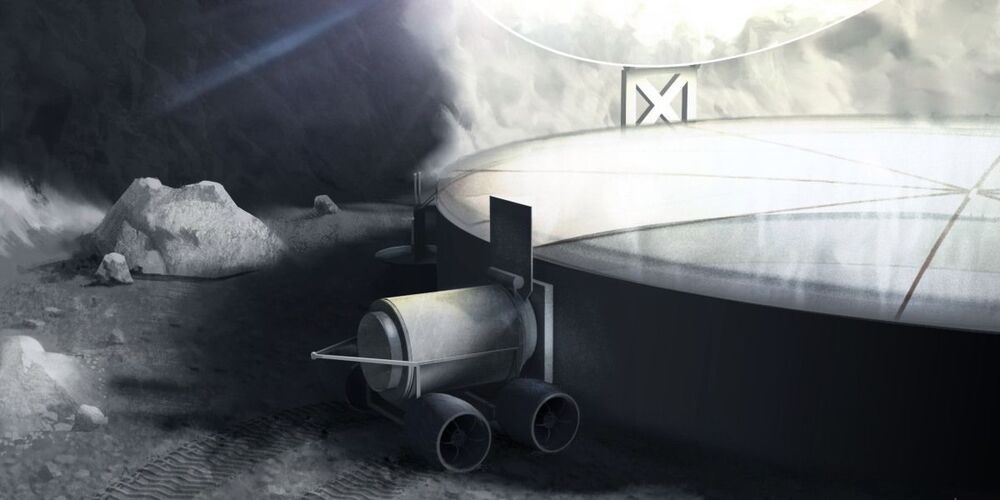The renewable energy experts at Jackery are up to their usual tricks and announced a new line of solar generator products on Jackery Day that open up a completely new range of possibilities.
They sent us their Solar Generator 1500 with two of their slick 100 watt folding Solar Saga panels to run through the paces. On paper, the new Jackery Explorer 1500 Portable Power Station battery was impressive, with its massive 1.5kWh capacity and increased power output capabilities.






